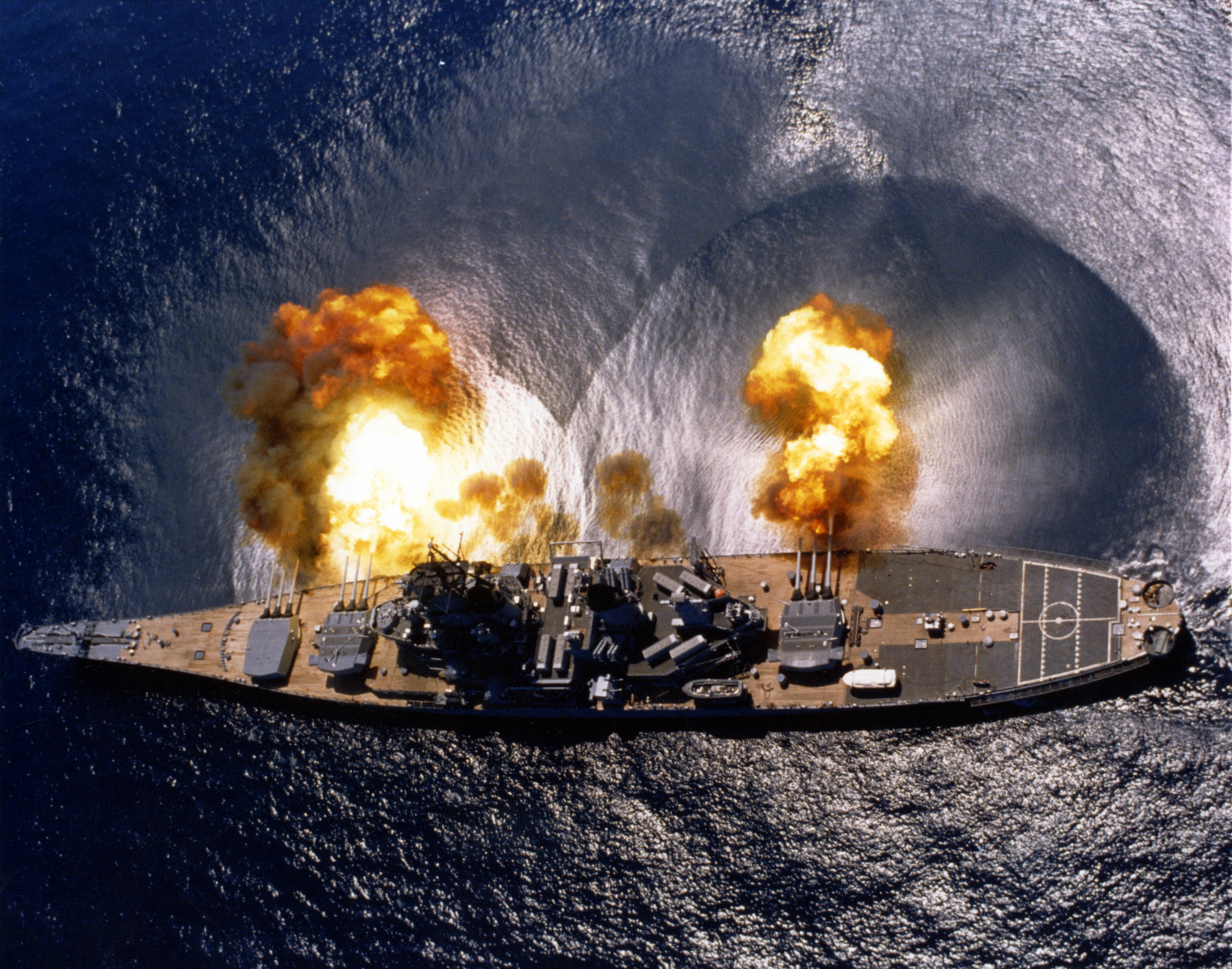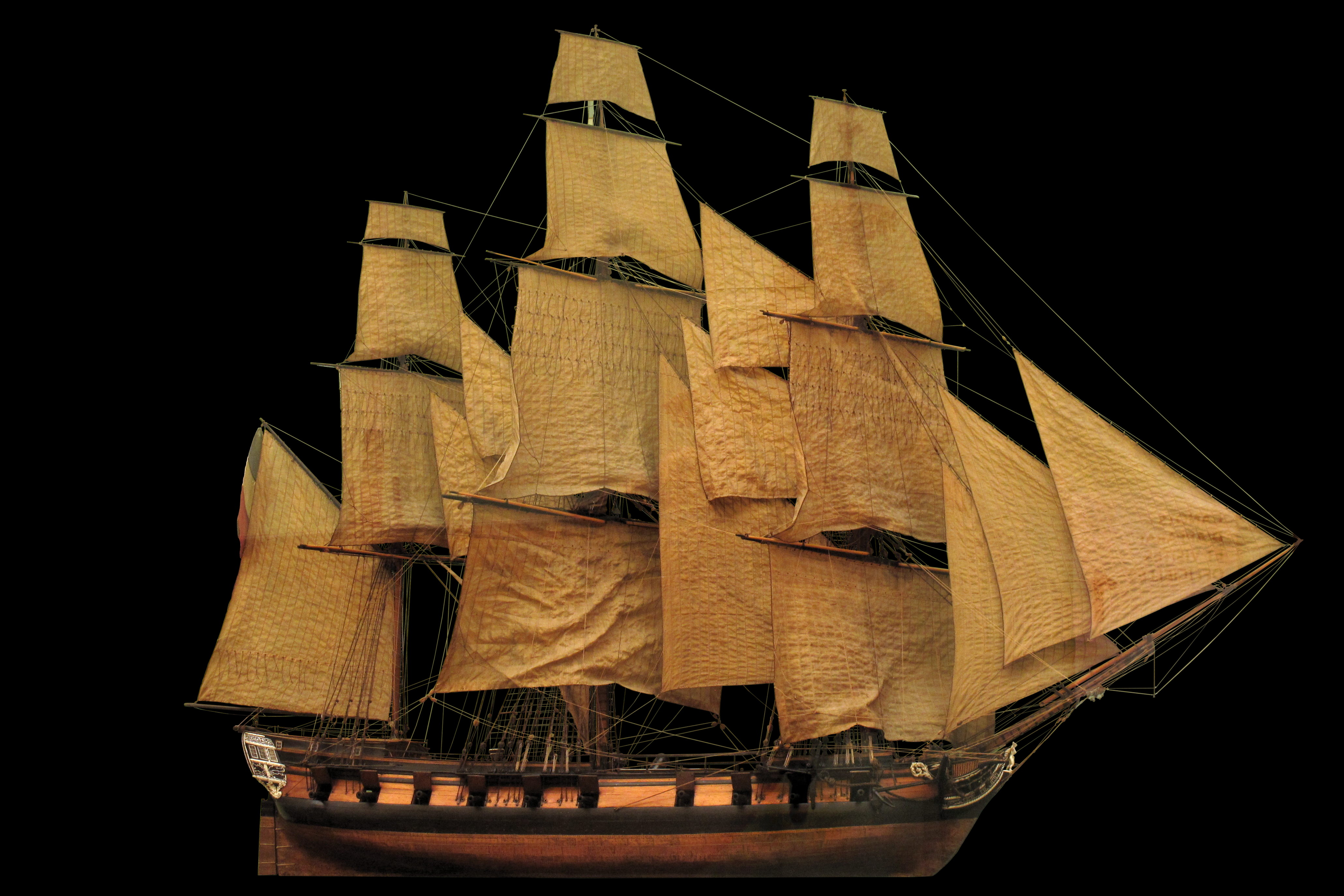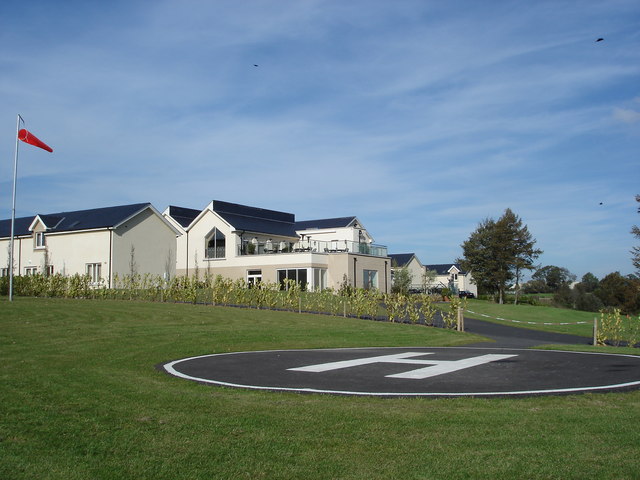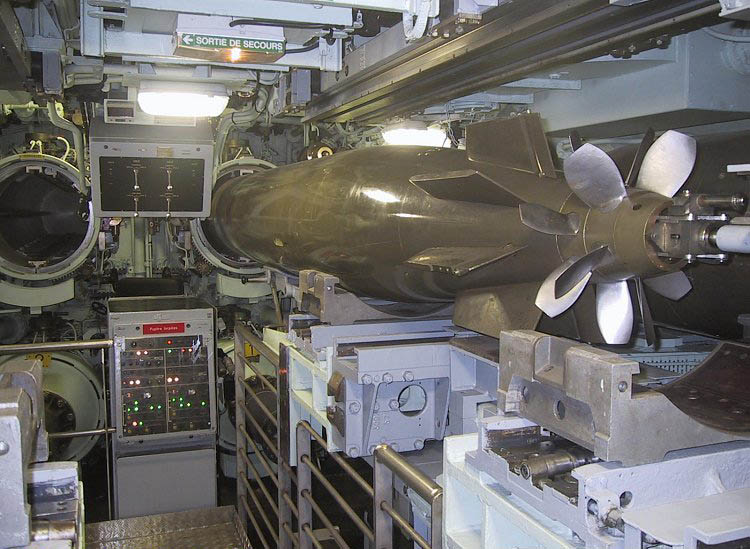|
Sa'ar 72-class Corvette
The Sa'ar 72 () is a class of Israeli Navy corvettes designed by Israel Shipyards Ltd. as an improved and stretched . The first Sa'ar 72 was expected to become operational in 2015 but the process to begin construction was not approved until 2024. Subsequent vessels were planned to enter service at the rate of one every eight months. History The design was first unveiled at the International Maritime Defence Exhibition (IMDEX) Asia in Singapore in May 2013. On December 12, 2024, the Director General of the Israel Ministry of Defense (IMOD), Maj. Gen. (Res.) Eyal Zamir, publicly announced a procurement agreement from Israel Shipyards for five Sa'ar 72 type boats, dubbed "Reshef" in Hebrew, with a total value of approximately $780M (NIS 2.8B). This comes following a legislative committee approval to fund procurement of these vessels, among other military equipment. Steel cutting began in February 2025. See also * Sa'ar 62-class offshore patrol vessel * Sa'ar 4-class missile boat * ... [...More Info...] [...Related Items...] OR: [Wikipedia] [Google] [Baidu] |
Israel Shipyards
Israel Shipyards is a large shipbuilding and repair facilities in the eastern Mediterranean. The company also operates a privately owned port in Israel. The company's facilities are located at the Kishon Port (part of the Port of Haifa complex). Facilities include a shiplift (syncrolift), capable lifting up to 3,000 tons, or length overall ships, and a -long quay with of water depth. History The company was founded in 1959 by the State of Israel to build both military and civilian ships, and to provide marine engineering upgrade, maintenance and repair services. In 1995, following years of underperformance and continued losses under state ownership, the company was privatized and sold to a group of local investors who, since 1998, have returned it to profitability. Israel Shipyards is controlled by the Shlomo Group (Tel Aviv Stock Exchange, TASE:SHLD), a holding group owned by businessman Shlomo Shmeltzer. In May 2013 Israel Shipyard unveiled a new ‘Mini Corvette’ desi ... [...More Info...] [...Related Items...] OR: [Wikipedia] [Google] [Baidu] |
Naval Gun
Naval artillery is artillery mounted on a warship, originally used only for naval warfare and then subsequently used for more specialized roles in surface warfare such as naval gunfire support (NGFS) and anti-aircraft warfare (AAW) engagements. The term generally refers to powder-launched projectile-firing weapons and excludes self-propelled projectiles such as torpedoes, rockets, and missiles and those simply dropped overboard such as depth charges and naval mines. Origins The idea of ship-borne artillery dates back to the classical era. Julius Caesar wrote about the Roman navy's usage of ship-borne catapults against Celtic Britons ashore in his ''Commentarii de Bello Gallico''. The dromons of the Byzantine Empire carried catapults and Greek fire. From the Middle Ages onwards, warships began to carry cannons of various calibres. In the Battle of Tangdao in 1161, the Southern Song general Li Bao used huopao (a type of gunpowder weapons, possibly cannons) and fire arrows against ... [...More Info...] [...Related Items...] OR: [Wikipedia] [Google] [Baidu] |
Corvette Classes
List of corvette classes by country during the modern era (post 1940); (see also List of frigate classes and List of frigate classes by country) Algeria ( Algerian Navy) * Argentina (Argentine Navy) * * (French-built ) * Australia (Royal Australian Navy) * Brazil (Brazilian Navy) * * ''Barroso'' class Brunei ( Royal Brunei Navy) * F2000 class (transferred to Indonesian Navy) Canada ( Royal Canadian Navy) * * China (People's Liberation Army Navy) * Type 056 Denmark (Royal Danish Navy) * * ''Triton'' class () * HDMS ''Thetis'' (ex British ) Ecuador ( Ecuadorian Navy) * Egypt (Egyptian Navy) * ''El Suez'' class (former ) * ''El Fateh'' class ( Gowind 2500 class) Finland (Finnish Navy) * * (in development) France (French Navy) * (French rate them as avisos) Germany (German Navy) * India (Indian Navy) * * * * * Indonesia (Indonesian Navy) * * ''Pattimura'' class * * * ''Kapitan Pattimura'' class * * ... [...More Info...] [...Related Items...] OR: [Wikipedia] [Google] [Baidu] |
Sa'ar 4-class Missile Boat
The Sa'ar 4 or ''Reshef'' class were a series of fast attack craft built based on Israeli Navy designs grounded in accumulated experience derived in the operation of "Cherbourg" (Sa'ar 1, Sa'ar 2, and ) classes. Thirteen were built at the Israel Shipyards, ten for the Israeli Navy and three for the South African Navy. Another six were built for the South African Navy in South Africa with Israeli assistance. Sa'ar 4 boats' first battle engagements occurred in the October 1973 Yom Kippur War when two Sa'ar 4 boats, INS ''Reshef'' and INS ''Keshet'', engaged Egyptian and Syrian ships and coastal targets. Israel had sold most of its Sa'ar 4 boats to other navies, but INS ''Nitzachon'' and INS ''Atzmaut'' remained in active Israeli Navy service until 2014. Variants Israel Ten Sa'ar 4-class boats were built for the Israeli Navy. only two remain in service. Three were disassembled, with systems taken for use in the construction of vessels. Three vessels and one hull st ... [...More Info...] [...Related Items...] OR: [Wikipedia] [Google] [Baidu] |
Sa'ar 62-class Offshore Patrol Vessel
The Sa'ar 62-class offshore patrol vessel is a type of vessel used by the Cyprus Navy and the Azerbaijan Coast Guard and the Coastguard of Kazakhstan. The patrol vessels are based on the vessels. Design The patrol craft have a basic design, but are equipped with modern sensors, systems and weapons. The vessels armament gives them the capability to engage surface, air, and land threats and targets, and the countermeasure system can give them protection from anti-ship missiles and torpedoes. The vessels can deploy small boats for boarding operations, and search and rescue. The vessels have a flight deck for an Airbus EC135 helicopter that can be used to assist the vessel in its missions. {{DEFAULTSORT:Sa'ar 62 Class offshore patrol vessel Patrol vessels ... [...More Info...] [...Related Items...] OR: [Wikipedia] [Google] [Baidu] |
Singapore
Singapore, officially the Republic of Singapore, is an island country and city-state in Southeast Asia. The country's territory comprises one main island, 63 satellite islands and islets, and one outlying islet. It is about one degree of latitude () north of the equator, off the southern tip of the Malay Peninsula, bordering the Strait of Malacca to the west, the Singapore Strait to the south along with the Riau Islands in Indonesia, the South China Sea to the east, and the Straits of Johor along with the State of Johor in Malaysia to the north. In its early history, Singapore was a maritime emporium known as '' Temasek''; subsequently, it was part of a major constituent part of several successive thalassocratic empires. Its contemporary era began in 1819, when Stamford Raffles established Singapore as an entrepôt trading post of the British Empire. In 1867, Singapore came under the direct control of Britain as part of the Straits Settlements. During World ... [...More Info...] [...Related Items...] OR: [Wikipedia] [Google] [Baidu] |
Corvette
A corvette is a small warship. It is traditionally the smallest class of vessel considered to be a proper (or " rated") warship. The warship class above the corvette is that of the frigate, while the class below was historically that of the sloop-of-war. The modern roles that a corvette fulfills include coastal patrol craft, missile boat and fast attack craft. These corvettes are typically between 500 and 2,000 tons. Recent designs of corvettes may approach 3,000 tons and include a hangar to accommodate a helicopter, having size and capabilities that overlap with smaller frigates. However unlike contemporary frigates, a modern corvette does not have sufficient endurance or seaworthiness for long voyages. The word "corvette" is first found in Middle French, a diminutive of the Dutch word ''corf'', meaning a "basket", from the Latin ''corbis''. The rank " corvette captain", equivalent in many navies to " lieutenant commander", derives from the name of this type of ship. The ... [...More Info...] [...Related Items...] OR: [Wikipedia] [Google] [Baidu] |
Israeli Navy
The Israeli Navy (, ''Ḥeil HaYam HaYisraeli'', ; ) is the Israel Defense Forces#Arms, naval warfare service arm of the Israel Defense Forces, operating primarily in the Mediterranean Sea theater as well as the Gulf of Eilat and the Red Sea theater. The current commander-in-chief of the Israeli Navy is Aluf, Major General David Saar Salama. The Israeli Navy is believed to be responsible for maintaining Israel's offshore second strike, nuclear second strike Nuclear weapons and Israel, capability. Mission The Israeli Navy is responsible for the construction of the naval force of the IDF and its operational capabilities. Its aim is to secure its superiority at sea, freedom of action, and freedom of navigation in the Israeli maritime space. It also conducts attacks against enemies and more. Among the Navy's roles are: # Safeguarding the security of the country and its citizens, including defending 190 km of Israel's coastline against terrorism and infiltrations. # Ensuring ope ... [...More Info...] [...Related Items...] OR: [Wikipedia] [Google] [Baidu] |
Helipad
A helipad is the landing area of a heliport, in use by helicopters, powered lift, and vertical lift aircraft to land on surface. While helicopters and powered lift aircraft are able to operate on a variety of relatively flat surfaces, a fabricated helipad provides a clearly marked hard surface away from obstacles where such aircraft can land safely. Larger helipads, intended for use by helicopters and other vertical take-off and landing (VTOL) aircraft, may be called ''vertiports.'' An example is Vertiport Chicago, which opened in 2015. Usage Helipads may be located at a heliport or airport where fuel, air traffic control and service facilities for aircraft are available. Most helipads are located away from populated areas due to sounds, winds, space and cost constraints. Some skyscrapers have one on their roofs to accommodate air taxi services. Some basic helipads are built on top of highrise buildings for evacuation in case of a major fire outbreak. Major police de ... [...More Info...] [...Related Items...] OR: [Wikipedia] [Google] [Baidu] |
Mark 46 Torpedo
The Mark 46 torpedo is the backbone of the United States Navy's lightweight anti-submarine warfare torpedo inventory and is the NATO standard. These aerial torpedoes are designed to attack high-performance submarines. In 1989, an improvement program for the Mod 5 to the Mod 5A and Mod 5A(S) increased its shallow-water performance. The Mark 46 was initially developed as Research Torpedo Concept I (RETORC I), one of several weapons recommended for implementation by Project Nobska, a 1956 summer study on submarine warfare. File:Mark-46-prop.jpg, A Mark 46 Mod 5A torpedo is inspected aboard the guided missile destroyer USS ''Mustin''. File:Lynx mk46.jpg, A French '' Lynx'' helicopter carrying a Mk 46 torpedo. File:P-8A Poseidon of VP-16 dropping torpedo in 2013.JPG, A P-8A Poseidon of VP-16 dropping a Mark 46 torpedo Design details Variants * Mod 0: One of the original versions of 1960 (production started 1963). Solid propellent piston engine. Gyro/wire guidance with passiv ... [...More Info...] [...Related Items...] OR: [Wikipedia] [Google] [Baidu] |
Torpedo Tube
A torpedo tube is a cylindrical device for launching torpedoes. There are two main types of torpedo tube: underwater tubes fitted to submarines and some surface ships, and deck-mounted units (also referred to as torpedo launchers) installed aboard surface vessels. Deck-mounted torpedo launchers are usually designed for a specific type of torpedo, while submarine torpedo tubes are general-purpose launchers, and are often also capable of deploying naval mine, mines and cruise missiles. Most modern launchers are standardized on a diameter for light torpedoes (deck mounted aboard ship) or a diameter for heavy torpedoes (underwater tubes), although Torpedo#Classes and diameters, torpedoes of other classes and diameters have been used. Submarine torpedo tube A submarine torpedo tube is a more complex mechanism than a torpedo tube on a surface ship, because the tube has to accomplish the function of moving the torpedo from the normal atmospheric pressure within the submarine into the ... [...More Info...] [...Related Items...] OR: [Wikipedia] [Google] [Baidu] |
Mark 32 Surface Vessel Torpedo Tubes
Mark 32 surface vessel torpedo tubes (Mk 32 SVTT) is a torpedo launching system designed for the United States Navy. History The Mark 32 has been the standard anti-submarine torpedo launching system aboard United States Navy surface vessels since its introduction in 1960, and is in use aboard the warships of several other navies. During the FRAM Program, , and destroyers were modernized and fitted with two Mark 32 torpedo tubes on each side of their midship. The torpedo tubes' service extended to multiple other countries such as Mexico, South Korea, Taiwan, Turkey, Egypt and many more due to the fact that decommissioned American ships were bought or transferred over to them throughout the years, notably s. Japan uses the HOS-301 torpedo tubes which are redesignated version of the Mark 32. Design Most versions (referred to as modifications or mods) are triple-tube sets that can be rotated or trained to face a target. The exception is the Mod 9 sets, which only have two ... [...More Info...] [...Related Items...] OR: [Wikipedia] [Google] [Baidu] |




